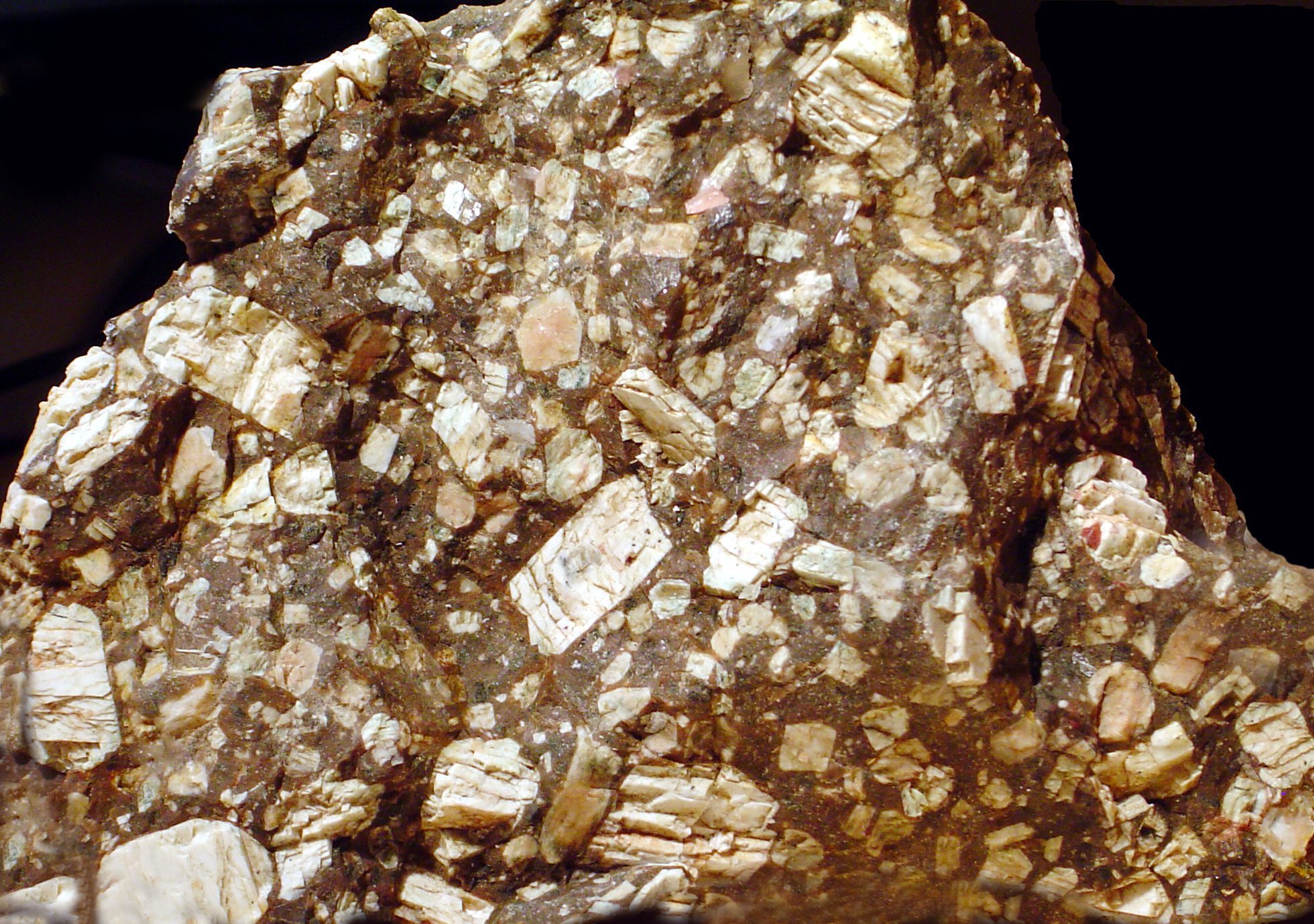Andesine Value, Price, and Jewelry Information
These feldspars are rarely encountered in gem form. Andesine's occurrence is widespread throughout the world, in a great variety of rock types and environments, but in most cases transparent crystals are rare.
Start an IGS Membership today
for full access to our price guide (updated monthly).Andesine Value
Comments
These feldspars are rarely encountered in gem form. Their occurrence is widespread throughout the world, in a great variety of rock types and environments, but in most cases transparent crystals are rare.
In many cases faceted gems are identified as a feldspar in the plagioclase series, but the finder does not have the instrumentation needed to pin down the species. This is accomplished by a combination of optical and X-ray analysis. A few plagioclase gems have been well characterized, however, and reported in the literature.
Name
Andesine is named after the Andes Mountains of South America.
Occurrence
Andesine is known from many localities, including California; Utah; Colorado; South Dakota; Minnesota; New York; North Carolina; Colombia; Argentina; Greenland; Norway; France; Italy; GermanY; South Africa; India; and Japan.
Joel E. Arem, Ph.D., FGA
Dr. Joel E. Arem has more than 60 years of experience in the world of gems and minerals. After obtaining his Ph.D. in Mineralogy from Harvard University, he has published numerous books that are still among the most widely used references and guidebooks on crystals, gems and minerals in the world.
Co-founder and President of numerous organizations, Dr. Arem has enjoyed a lifelong career in mineralogy and gemology. He has been a Smithsonian scientist and Curator, a consultant to many well-known companies and institutions, and a prolific author and speaker. Although his main activities have been as a gem cutter and dealer, his focus has always been education. joelarem.com
Related Articles
Black Diamond Value, Price, and Jewelry Information
Chameleon Diamond Value, Price, and Jewelry Information
Gray Diamond Value, Price, and Jewelry Information
Green Diamond Value, Price, and Jewelry Information
Latest Articles
Opal Buying Guide
Amethyst Sources Around the World: The Geological Story Behind These Purple Gemstones
Brazilianite Value, Price, and Jewelry Information
Ruby-Glass Composites vs Leaded Glass Clarity Enhancements
Never Stop Learning
When you join the IGS community, you get trusted diamond & gemstone information when you need it.
Get Gemology Insights
Get started with the International Gem Society’s free guide to gemstone identification. Join our weekly newsletter & get a free copy of the Gem ID Checklist!
